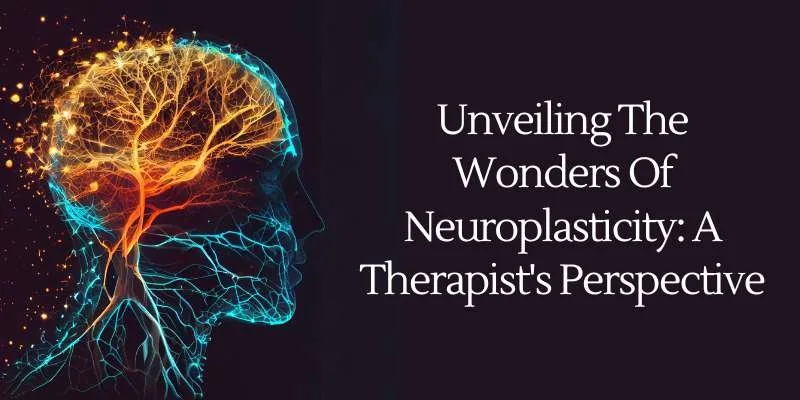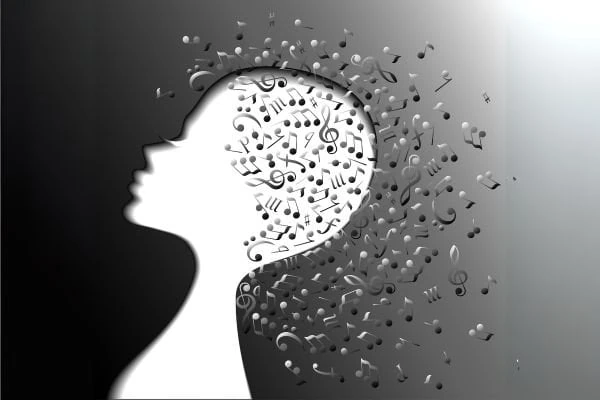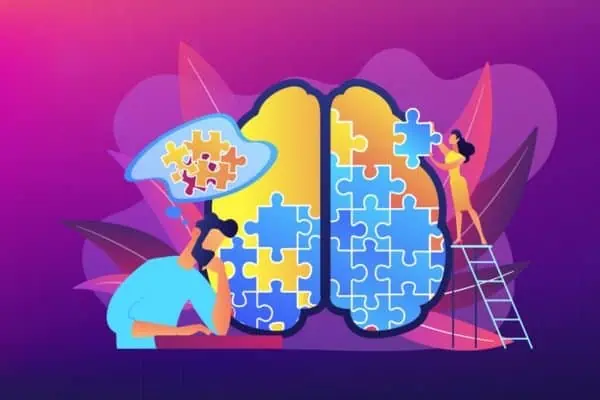“In the dance of therapy, the rhythm of neuroplasticity guides our steps, reminding us that the brain, like the human spirit, is resilient, adaptable, and capable of crafting new narratives.”
As a therapist, navigating the intricate terrain of the human mind is a journey marked by profound discoveries. Among these, the concept of neuroplasticity stands as a testament to the incredible adaptability of the brain. In this blog, we will explore neural plasticity, delving into its significance in the therapeutic realm and its transformative potential in reshaping the lives of individuals seeking healing and personal growth.
Understanding Neuroplasticity:
Neuroplasticity, often hailed as the brain’s malleability, refers to its capacity to re-organise by forming new neural connections. For therapists, this phenomenon opens doors to a myriad of possibilities. The brain’s ability to adapt and change allows us to guide our clients through transformative journeys, fostering resilience and promoting positive change.
The Therapeutic Dance with Neuroplasticity:
In the therapeutic space, the principles of neuroplasticity become a dynamic force. By acknowledging that the brain can be rewired through intentional experiences and practices, therapists can tailor interventions that harness the power of neuroplasticity. Whether it’s addressing trauma, managing stress, or overcoming ingrained thought patterns, the understanding of neuroplasticity empowers therapists to design interventions that promote lasting change.
Repetition and Practice as Catalysts for Change:
Neuroplasticity thrives on repetition and practice. With this knowledge, therapists guide their clients through consistent, intentional practices. Be it reframing negative thoughts, adopting healthier behaviours, or cultivating self-compassion, the repetition of positive actions becomes the cornerstone of rewiring neural pathways. This approach transforms therapy into a collaborative journey where the therapist and client actively reshape the cognitive landscape.
Modalities Harnessing Neuroplasticity:
Various therapeutic modalities align seamlessly with the principles of neuroplasticity. Cognitive Behavioral Therapy (CBT) emphasises identifying and challenging negative thought patterns and exemplifies how intentional mental exercises can rewire the brain. Mindfulness practices, too, leverage neural plasticity by fostering a heightened awareness of the present moment, inducing positive structural changes in the brain over time.
The Therapist’s Toolbox: Transactional Analysis, Gestalt Therapy, and EMDR:
In my practice, the principles of brain plasticity are particularly resonant. Transactional Analysis offers a comprehensive lens through which we can explore and challenge deep-seated beliefs, such as the ‘Be Perfect’ injunction. Gestalt therapy, especially the two-chair technique, becomes a powerful tool to grant positive permissions, encouraging clients to engage in new, adaptive behaviours. Additionally, Eye Movement Desensitization and Reprocessing (EMDR) therapy proves invaluable in reprocessing traumatic experiences, effectively altering neural pathways associated with distress.
Conclusion:
Neuroplasticity, as a therapist’s ally, transforms the therapeutic landscape. It invites us to recognise the immense potential for change within each individual we guide. By weaving the principles of neuroplasticity into our therapeutic approaches, we embark on a shared journey of growth and transformation—one that celebrates the brain’s remarkable capacity to adapt, heal, and embrace new possibilities.
Reference










